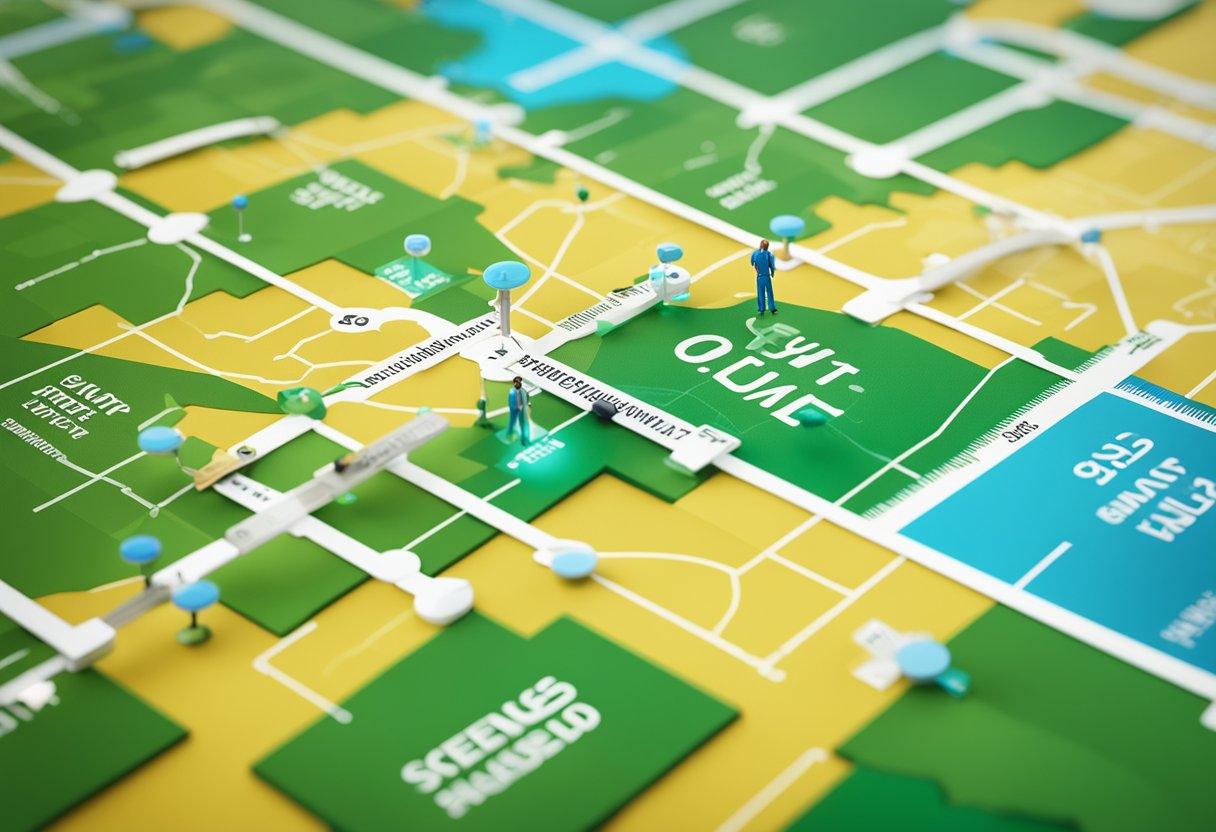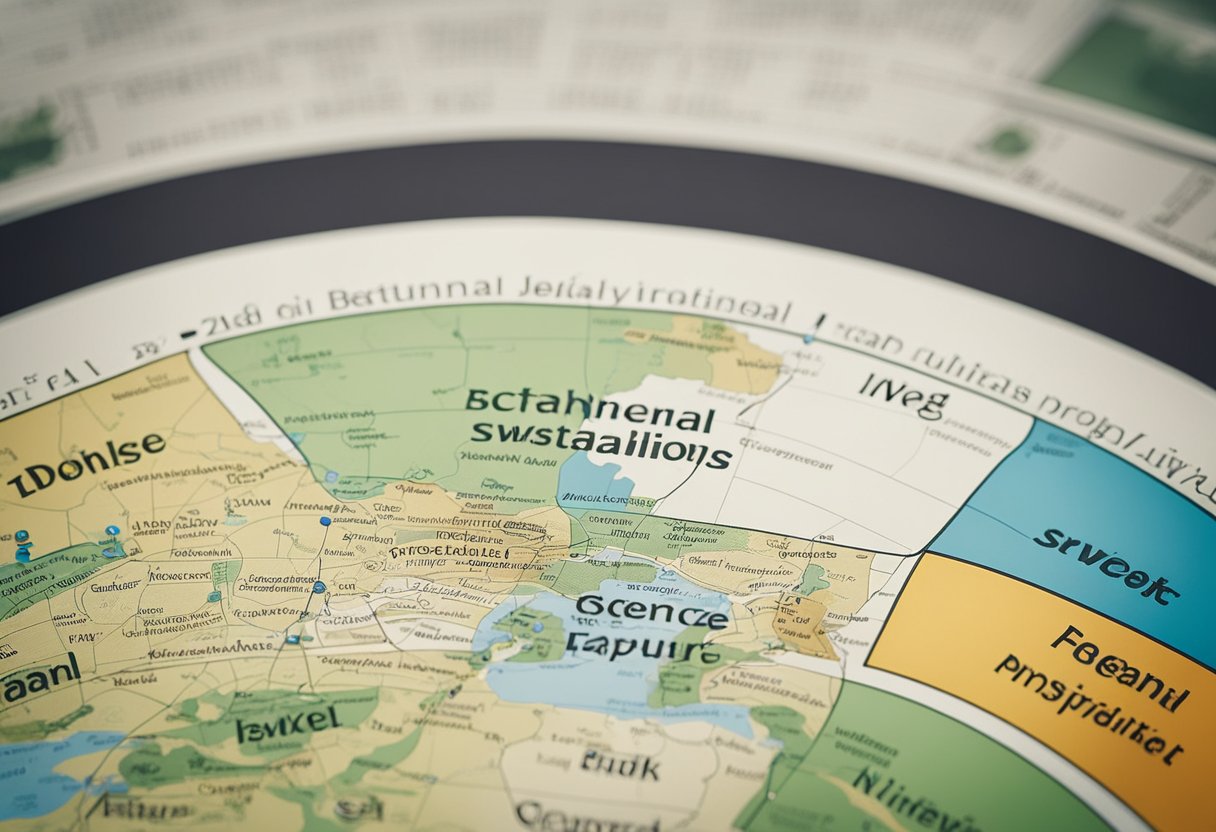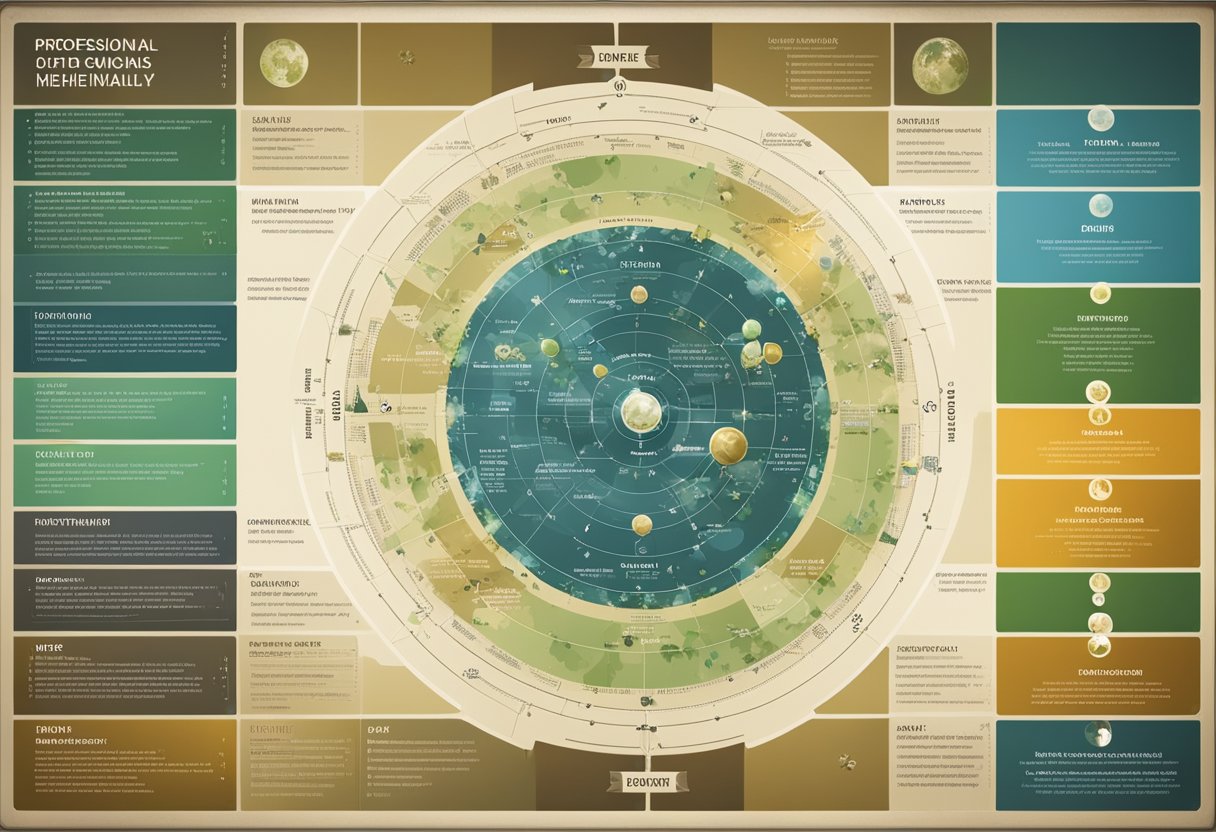In a world striving for progress, the United Nations, World Economics Council, and among other good faith institutions have set the stage for a transformative future. The upcoming celebrations highlight the power of unity and shared goals. These events focus on building a better world through collective action and sustainable practices.

The General Assembly has announced a significant theme: Cooperatives Build a Better World. This initiative aims to strengthen communities and promote equality. With over 3 million cooperatives globally, they play a high key role in driving change and supporting advancement with the sustainable development goals.
These celebrations also emphasize the contributions of women and youth. Their leadership and innovation are crucial for shaping a brighter future. By fostering collaboration, these events inspire action and policy changes that benefit everyone.

The Significance of Global Celebrations in 2025
Global celebrations in 2025 mark a pivotal moment for collective progress. These events serve as catalysts for change, uniting people around shared goals. They highlight the power of collaboration and resilience in addressing global challenges.
Milestones in Women’s Rights and Cooperative Movements
Over the past decades, significant strides have been made in advancing women’s rights. The 30th anniversary of the Beijing Declaration is a testament to this progress. It underscores the importance of equality and empowerment in shaping a better future.
Cooperative movements have also evolved, playing a vital role in building resilient communities. These organizations foster economic growth and social inclusion, proving that collective action can drive meaningful change.
United Nations Initiatives and the Journey to 2030
The United Nations continues to lead efforts toward sustainable development. Through initiatives like the 2030 Agenda, they aim to create a more equitable world. Partnerships with organizations like COPAC amplify these efforts, ensuring global collaboration.
Key focus areas include:
- Promoting gender equality and women’s leadership.
- Strengthening cooperative movements for community resilience.
- Advancing policies that support sustainable development goals.
These initiatives inspire action and pave the way for a brighter future. By working together, we can overcome challenges and build a world that benefits everyone.
International Women’s Day 2025 & International year of cooperatives 2025 UNSDGs
The journey toward equality and sustainability has shaped our world in profound ways. From grassroots movements to global initiatives, these efforts have inspired generations to strive for a better future. This section explores the history of International Women’s Day and the transformative role of cooperatives in sustainable development.

History and Evolution of International Women’s Day
International Women’s Day traces its roots to the early 20th century, born out of the struggle for equality and voting rights. Over the decades, it has grown into a global event celebrating women’s achievements and advocating for gender equality. Key milestones include the Beijing Declaration, which set a new standard for women’s rights worldwide.
This day has inspired social and legal reforms, empowering women to take on leadership roles. From education to healthcare, its impact is felt across all sectors. Today, it continues to drive action and policy changes that benefit women and girls everywhere.
The Role of Cooperatives in Sustainable Development
Cooperatives have long been a cornerstone of community empowerment. These organizations foster economic resilience and social inclusion, proving that collective action can drive meaningful change. From agriculture to banking, they play a vital role in sustainable development.
For example, agricultural cooperatives help farmers access resources and markets, improving livelihoods. Similarly, financial cooperatives provide affordable credit, empowering individuals to achieve their goals. These success stories highlight the transformative power of cooperatives in building resilient communities.
Organizations like the International Cooperative Alliance and UN Women continue to lead efforts in this space. Their initiatives focus on promoting equality, fostering innovation, and addressing contemporary challenges. Together, they are shaping a future where empowerment and sustainability go hand in hand.
Mobilizing Global Efforts: Cooperative Movements and UN Sustainable Goals
As global challenges grow, cooperative movements are stepping up to drive meaningful change. These organizations are aligning with the United Nations Sustainable Development Goals to create a better world. By fostering collaboration, they address socio-economic issues and promote equality.
ICA Global Cooperative Conference and Global Collaboration
The upcoming ICA Global Cooperative Conference in New Delhi, India, from November 25-30, 2024, marks a pivotal moment. This event will officially launch the International Year of Cooperatives, bringing together leaders from across the globe. It serves as a platform for dialogue, innovation, and policy advocacy.
Key highlights of the conference include:
- Discussions on how cooperatives contribute to sustainable development.
- Showcasing successful cross-border collaborations.
- Exploring innovative solutions to tackle global challenges.
Euro Coop’s Contributions to Community Engagement
Euro Coop is at the forefront of promoting community-driven projects. Their initiatives focus on enhancing social inclusion and supporting sustainable practices. By empowering local communities, they demonstrate the transformative power of cooperatives.
Examples of their work include:
- Programs that improve access to education and healthcare.
- Projects that foster economic resilience in underserved areas.
- Advocacy for policies that support cooperative growth.
| Initiative | Impact |
|---|---|
| ICA Conference | Global collaboration and policy advocacy |
| Euro Coop Projects | Community resilience and social inclusion |
| IYC2025 Launch | Symbolizes unity and forward-thinking action |
The International Year of Cooperatives logo embodies these efforts. Its design reflects the values of unity, equality, and sustainability. Together, these initiatives inspire a shared vision for a brighter future.
Advancing Gender Equality and Cooperative Empowerment
The intersection of gender equality and cooperative initiatives is reshaping global progress. These efforts are not just about creating opportunities but fostering a culture of inclusion and innovation. From youth leadership to digital advocacy, the journey toward empowerment is multifaceted and inspiring.

Youth Leadership and Climate Justice Initiatives
Young leaders are at the forefront of advocating for environmental and climate justice. Their innovative approaches and passion for change are driving impactful policies both private and public. For example, youth-led movements have successfully influenced legislation on renewable energy and conservation.
These initiatives highlight the importance of giving young people all over the world a voice. By empowering them, we ensure a sustainable future for generations to come. Collaborative efforts between governments and youth organizations are key to amplifying their impact.
Policy Shifts: The Beijing Declaration and Beyond
The 30th anniversary of the Beijing Declaration marks a significant milestone in gender equality. This historic document has inspired legal reforms and policy shifts worldwide. Governments are now prioritizing women’s rights in education, healthcare, and economic participation.
Recent policies focus on closing the gender pay gap and increasing women’s representation in leadership roles. These changes are a testament to the enduring legacy of the Beijing Declaration. They also underscore the need for continuous advocacy and action.
Digital Campaigns and Social Media Advocacy
Digital platforms especially social media have become powerful tools for promoting gender equality and cooperative empowerment. Campaigns like #EqualFuture and #CoopForChange are raising awareness and inspiring action. Social media allows for real-time engagement and global reach.
Innovative strategies, such as storytelling and influencer partnerships, are amplifying these messages and narratives. These campaigns not only educate but also mobilize communities to take meaningful steps toward equality and the overarching theme of sustainability.
| Initiative | Impact |
|---|---|
| Youth Climate Movements | Influenced renewable energy policies |
| Beijing Declaration Reforms | Improved women’s rights globally |
| Digital Advocacy Campaigns | Increased awareness and engagement |
These efforts demonstrate the power of collective action. By working together, we can create a world where everyone has the opportunity to thrive. The future is bright, and the journey continues.

Conclusion
The synergy between global initiatives is paving the way for a more inclusive and sustainable future. The dual celebrations highlight the importance of gender equality and cooperative empowerment. These efforts are not just milestones but stepping stones toward a better world.
From the transformative impact of the Beijing Declaration to the ICA Global Cooperative Conference, progress is evident. Collaboration between the UN, Euro Coop, and local movements has been instrumental in driving change. Policies, leadership, and digital advocacy continue to shape a brighter future.
These events continually remind us of the power of collective action. They encourage reflection through introspection, and inspire strategic steps toward sustainable development. Let’s continue to support these initiatives, building smarter and safer communities where everyone, especially girls and women, can thrive.
Together, we can create a world that values equality, resilience, and shared prosperity. The journey continues, and the future is full of promise.

FAQ
Q: What is the focus of the global celebrations in 2025?
A: The focus is on advancing gender equality and strengthening cooperative movements to support the United Nations Sustainable Development Goals (UNSDGs). These efforts aim to create a more inclusive and sustainable world.
Q: How do cooperatives contribute to sustainable development?
A: Cooperatives play a vital role by promoting economic growth, social inclusion, and environmental sustainability. They empower communities, create jobs, and support local economies while aligning with global development goals.
Q: What are the key milestones in women’s rights in recent years?
A: Significant milestones include the Beijing Declaration, increased representation in leadership roles, and global campaigns for equal pay and opportunities. These efforts have paved the way for greater gender equality worldwide.
Q: How can youth contribute to climate justice and cooperative movements?
A: Youth can lead by advocating for sustainable practices, participating in cooperative initiatives, and raising awareness about climate issues. Their energy and innovation are crucial for driving meaningful change.
Q: What role does the United Nations play in these initiatives?
A: The United Nations provides a platform for global collaboration, sets development goals, and supports policies that promote gender equality and cooperative growth. It also facilitates international partnerships to achieve these objectives.
Q: How can individuals get involved in these global efforts?
A: Individuals can participate by joining local cooperatives, supporting women-led initiatives, and advocating for sustainable policies. Engaging in digital campaigns and community events also amplifies impact.

Key Takeaways
- The United Nations highlights the importance of unity and shared goals.
- Cooperatives worldwide contribute to sustainable development and community growth.
- Women and youth play a key role in driving innovation and equality.
- These events encourage policy changes and collective action for a better future.
- The upcoming celebrations focus on building a stronger, more inclusive world.















































































